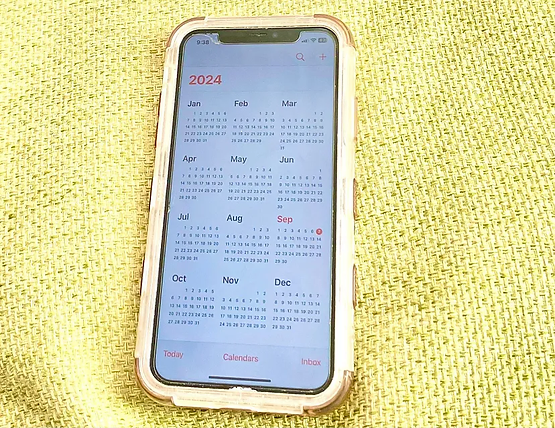No products in the cart.
Mandatory Gap Of Hijama Between One Session To Another
A recommended gap of Hijama between one session to another is 4 to 12 weeks.
As a Hijama Practitioner, I often encountered the question of how much gap is mandatory between two Hijama sessions.
The answer will vary for each individual because it depends on their age, health issues, and overall body system. A recommended gap is 4 to 12 weeks.
4 Weeks Gap
The 4-week gap is recommended for individuals between 20 and 50. It is also recommended for patients who have skin issues, migraines, hormonal imbalances, infertility issues, digestive issues, liver problems, and thyroid gland problems. A 4-week gap is suggested for a few months until patients feel a difference in their health.
Sometimes patients want to come for another Hijama session after 2 or 3 weeks, but I disapprove of that. The scientific reason behind the 4-week gap is that when we do Hijama, our work is done but the cleaning inside the body just started. The toxic blood comes out and the body begins to make new blood cells. Special cells in the kidney, observe oxygen reduction in the blood and secrete a protein, erythropoietin. This erythropoietin sends messages to the stem cells to make more and more red blood cells. This procedure takes 4 to 6 weeks to complete. The link between the formation of blood and our health is important because these cells control our whole body. The benefits of cupping can be achieved when the formation of blood is complete. If you perform another session in the middle of that procedure then 100% benefits can not be achieved.
12 Weeks Gap
The 12-week gap is recommended for individuals for 40 to 70 years of age. This gap is recommended for those patients who have general health issues like muscular pains, lower back pain, neck pains, blood pressure issues, diabetes, high uric acid issues, digestive health issues, menstrual problems, PCOS, menopause, breastfeeding mothers, and migraines. Today’s medical science considers these health issues trivial and common. If an individual has any of these problems, they are on regular medication. All medications cause unwanted side effects. These side effects include muscular pains, dizziness, hair fall, and digestive issues.
Performing Hijama every third month of the year helps to reduce the side effects of medications. Those who take medication regularly should perform Hijama three times a year.
24 Weeks Gap
The 24-week gap is recommended for 50 to 80 years of age. This gap is highly recommended for seniors. As we age the formation of blood slows down. The body’s main organs start losing some vital functions. Blood cells experience drastic changes and lose their ability to function. Even losing an average amount of blood can lower their blood pressure and decrease oxygen levels, which may cause dizziness and fainting. That is why seniors should avoid regular cupping.





Leave a Reply